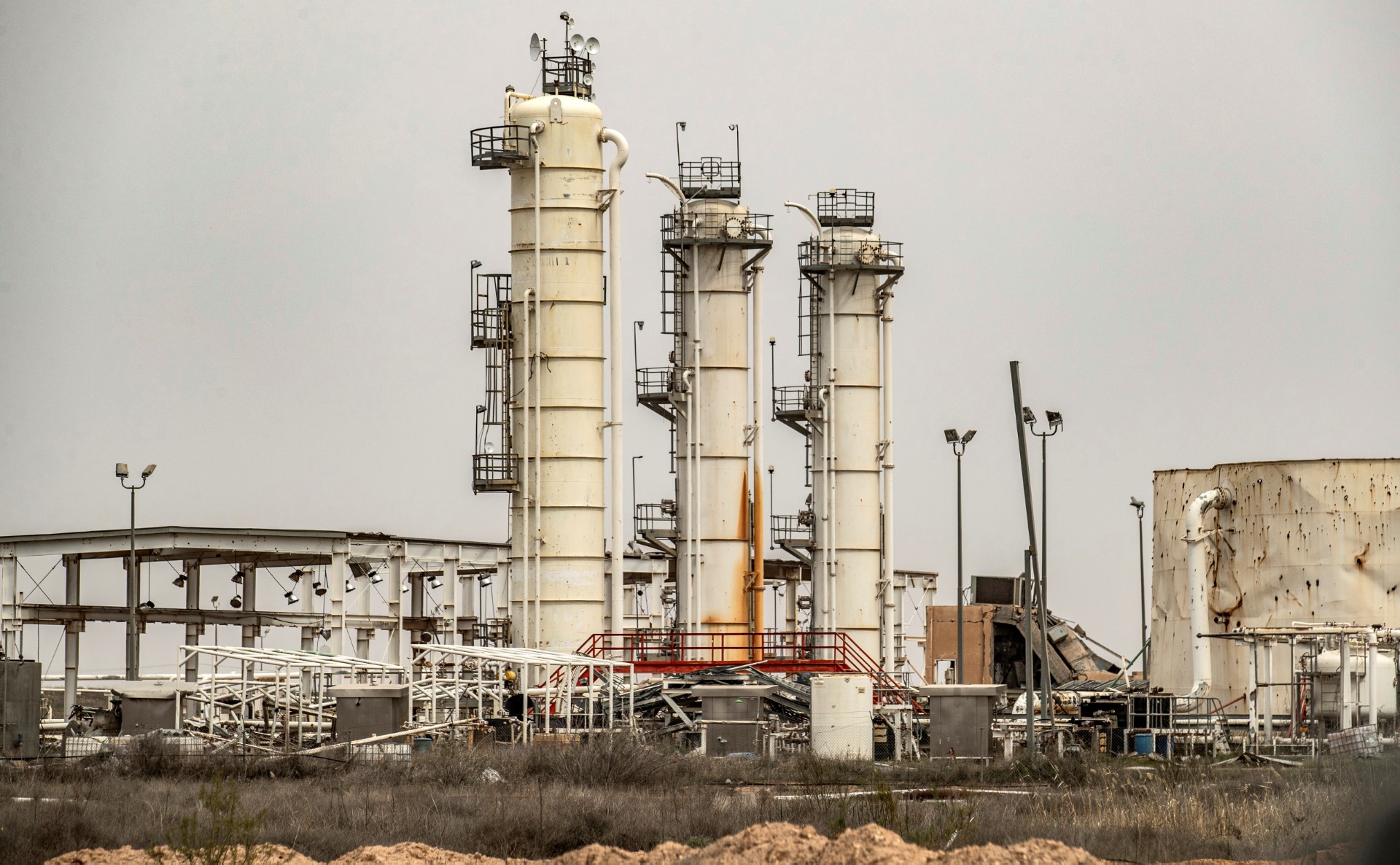Dubai, UAE — Saudi Arabia’s oil exports fell by 17.1 percent (SAR 17.2 billion or $4.58 billion) in September, mainly leading to the 17.1 percent fall in overall merchandise exports to SAR 103.8 billion, from SAR 125.3 billion in September 2022.
The share of oil exports in total exports increased from 80 percent in September 2022 to 80.1 percent in September 2023.
Compared to August 2023, total merchandise exports decreased by SAR 0.2 billion or 0.1 percent, according to the kingdom’s General Authority for Statistics (GASTAT)
Non-oil exports (including re-exports) decreased by 17.2 percent, compared to September 2022, decreasing to SAR 20.7 billion from SAR 25.0 billion in September 2022. Non-oil exports (excluding re-exports) decreased by 25.8 percent as re-exports also rose by 48.1 percent in the same period.
Non-oil exports (including re-exports) decreased compared to August 2023 by SAR 5.4 billion or 20.7 percent.
Merchandise imports decreased by 2.2 percent (SAR 1.4 billion) in September 2023. The value of imports amounted to SAR 60.1 billion in September 2023 compared to SAR 61.5 billion in September 2022.
Imports also decreased compared to August 2023 by SAR 9.6 billion or 13.7 percent.
The most important non-oil export goods were “products of chemical and allied industries” (30.3 percent of non-oil merchandise exports), which decreased by 35.8 percent SAR 3.5 billion, and “plastics and articles thereof; rubber and articles thereof” (27.1 percent of non-oil merchandise exports) which decreased by 20.0 percent SAR 1.4 billion from September 2022.
The most important imported merchandise goods were “machinery and mechanical appliances; electrical equipment; parts thereof” (21.7 percent of total merchandise imports), and “transport equipment and parts thereof” (17.9 percent of total merchandise imports).
The ratio of non-oil exports (including re-exports) to imports decreased to 34.5 percent in September 2023 from 40.7 percent in September 2022, as a result of a larger decrease in non-oil exports (17.2 percent) than in imports (2.2 percent) over that period.
China Saudi Arabia’s main merchandise trading partner
In September 2023, exports to China amounted to SAR 19 billion (18.3 percent of total exports), making this country the main destination for exports of Saudi Arabia.
Japan and South Korea followed next with SAR 11.4 billion (11.0 percent of total exports) and SAR 10.2 billion (9.9 percent of total exports), respectively.
India, United Arab Emirates, USA, Bahrain, Sultanate of Oman, Egypt and Poland were the other countries that ranked in the top 10 destinations. Exports of Saudi Arabia to those 10 countries amounted to SAR 69.7 billion, accounting for 67.1 percent of total exports.
Imports from China amounted to SAR 12.3 billion (20.5 percent of total imports) in September 2023, making this country the main origin for imports of Saudi Arabia. The US and the UAE followed next with imports of SAR 5.2 billion (8.7 percent of total imports) and SAR 4.0 billion (6.7 percent of total imports), respectively.
India, Egypt, Germany, Japan, Switzerland, South Korea and Italy were the other countries that ranked in the top 10 countries for imports.
Imports of Saudi Arabia from those 10 countries amounted to SAR 37.4 billion, accounting for 62.3 percent of total imports.

